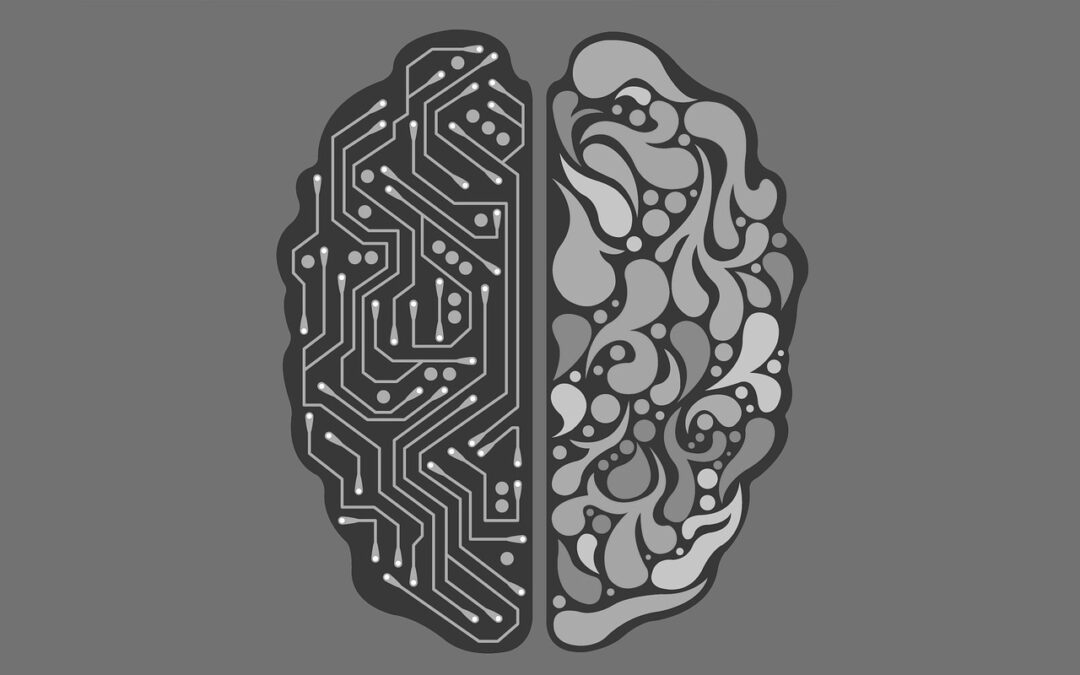Angel or Devil? It seems those who look at chatGPT think it is one or the other. Franklin D. Roosevelt used the phrase, “nothing to fear but fear itself”. People have started to talk about chatGPT as the manifestation of fear or the devil. Others have fallen to admiring its superiority to humans. This will be an opinion of a sixty-year-old techie who has lived through the rise of information technology.
Technology is a tool. It is much like an apartment building in a city. Built right, used right, it can benefit us. Built wrong, it can collapse and take life. What we need is to understand the technology before we build things with critical value. Since we cannot know the future, we must base our decisions on past and current knowledge and understanding. We need to understand both what we know, and what we do not know.
The Journey to AI
When I was in school, yes, for me, that would be five decades ago; they came out with electronic calculators. They could add, subtract, multiply and divide. They had the surface area of an iPad, but they were not at all thin. What was amazing is how much they cost, around $800, is what I remember. Technology has gotten smaller, faster, and cheaper. It has changed society, and much bad technology has been swept under the river of time while other technology has adapted to what humans choose to keep and pursue.
A calculator is not AI, but it was part of the journey to AI. We need to see this from a number of angles to understand what AI is and what it takes to have AI. We will keep this at a simple level because we don’t need to discuss quantum mechanics to understand AI. The journey to AI includes these steps in physical technology.
transistors > integrated circuits > continued complexity
This was coupled with ways to hold data in memory and moving the execution of logic from hardwired functions to what we call software. We moved the logic of what the hardware would process from hardware logic to hardware that could allow the logic to be scripted. That is why we call it software. Software, instructing the hardware, and working with memory dawned the age of computing.
Computing enabled us to move faster. If we had to build all the logic embedded into the hardware, moving from idea to production to real-world would be a long cycle, and progress in technology would be very slow. Over time the creation of software was influenced by the same progress pain we felt with hardware-only production. The software, at times, was slowing our cycles to implement new ideas. This is where AI went from being a geeky concept to imitating the world we live in. AI, at the end of the day, is having a computer act more like us.
We wanted our computers to fly our planes and to drive our cars, and we wanted Rosie to take care of our domestic chores in our homes. This required artificial intelligence, but the artificial needs to be reliable. Oh, yes, and many wanted our games to add players to the experience. We look to AI to fulfill many needs and desires we have as humans.

Some say Da Vinci first conceived the concept of the helicopter. They say Jules Verne is credited by many as an early promoter of the concept of submarines and other ideas. When it comes to AI the earliest place I find a reflection of the concept of AI, it is in the book of Genesis. Regardless of if a person believes in God, this concept was first presented in the first book of the Bible which starts out with God creating man in His image. Now we have man designing AI in his image.
Understanding Modern AI
AI is what we call the whole technology in general conversation, but it is made up of two parts. Initially, we had cute imitation conversation apps we called Lisa. It was very limited, and could not hold a conversation of any depth or quality. It was more artificial than intelligent. It took us a long time to figure out why that type of solution failed so badly.
Then came machine learning, which is AI’s essential partner. Using large data sets and a good machine learning tool we can find patterns and create algorithms that allow front-end AI to imitate intelligence. This actually makes sense because it is the way our brains work. When we see faces, we use familiar pattern matching to see past the complexity. We recognize the people we know with a mix of pattern familiarities and exceptions. Machine learning has created data sets that the front-end AI software and hardware to make similar assumptions.
Doing this with software on generic computing platforms showed to be slow for learning and slow for live interpretation. This meant an advance in software required custom hardware to process specific logical concepts that would accelerate the learning and application. This learning model creates for AI what I call bias. Yes, that is both good and bad. The goal is to improve and understand the bias. A dependable implementation will always require understanding the bias. Growth in AI will require understanding and measuring not just the computing bias but reconsidering how our own bias impacts our solutions and inventions.
Like humans, machine learning and AI make false assumptions. Sometimes the machine may see something we miss. Other times we will see what the computers miss. Here is an example where Grammarly, one of my favorite AI tools gets challenged.

Does this make Grammarly bad? Absolutely not! I am not superior to Grammarly. It is also true that Grammarly is not better without me. If you notice the screen has an option called “Dismiss”. The creators of Grammarly understand the goal is collaboration. Like two or more humans working together, we know more than me.
“We know more than me.”
AI should no more replace a human being than another human. AI is another form of collaboration. When two humans work together and work together well, it is a mix that makes for the biggest win. Each person’s value is measured, not just individual superiority. We need to understand the mix when we integrate artificial entities into our work and play. If we only look at the downsides, then our bias as humans has blinded us to understanding. Our facts begin to push the truth out of our decisions. If we only consider upsides, it is the same error upside down.
Here is an example that was posted to LinkedIn of chatGPT. This AI solution is being promoted as both the future of technology and the end of humanity.

All truth is made up of facts, but not all facts lead us to the truth. The question we will consider next is, when does bias work in our favor? How do we spot when a machine’s AI has a negative bias? When does it have a functional positive bias and execution?
Of Myths and Men
The myth of AI is both individual and collective within different communities. Has Skynet arrived? Do we need to call on Tron to battle the Master Control Program? It is good and bad. As we extend computing beyond fixed function to agile thinking and decision making we will get a mix of benefits and consequences. It is also true that without these solutions we will face different consequences and miss out on other benefits.

You will get the same advice if you talk to a great financial advisor or budgeting coach in personal or business areas. Understand what you are doing enough to invest wisely. Adding AI to our personal lives or in our business endeavors should be treated as an investment opportunity. Some opportunities are good, and some are bad. What works for others is not always a match for me. Choosing a favorite sports team is different than choosing when and what AI to integrate into our future.
Remember some key reality checks.
- People are the sustainable facts of our truths.
- Business is primarily about people.
- Technology is about business.
The last point you will hear me cite over and over. One might think it is only the geeks who think technology is more important than business. Welcome to human bias. The CEO of Twilio has cited the opposite reality. He believes to avoid letting technology taint your bias, you need to get the geeks involved. How does that work? You get them involved with the end users, not just the rest of the company.
When the creators connect with the people, their creativity changes. So, what does that say about AI? We need to see how this benefits people in the journey to improving AI. The promise of AI is specifically wrong. It is wrong because we don’t know the issues that will arise or how things will change. This does not say do not move forward. It says it is a journey that needs adjustable targets as our understanding improves.
Let’s wrap it up with my favorite question on this site.
How will you influence your business today?




Recent Comments